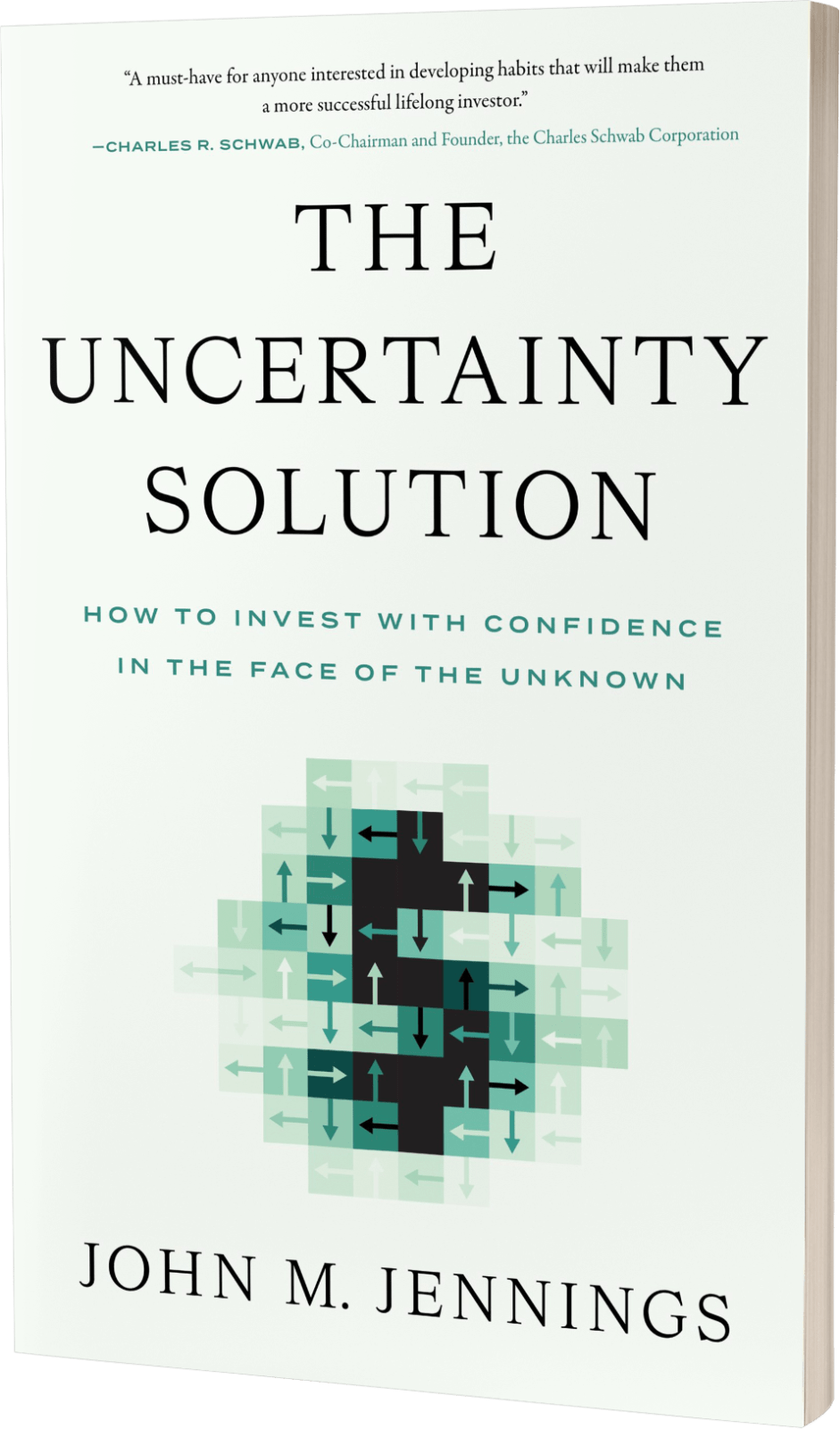For population to increase, there must be more than 2.1 children born per woman. If the fertility rate is below 2.1, without immigration, a country’s population will decline. The world’s fertility rate has dropped precipitously over the last few decades and the U.S. has been below the 2.1 replacement rate for about a decade. From the Washington Post:
Fertility and birthrates are among the most closely monitored indicators of a country’s economic health. When too high, a surging youth population might be unable to find work and become susceptible to unrest. When too low, economies can rapidly contract, and a small working-age population has to support a large retired population. The United States is somewhat more buffered because of its relatively high levels of immigration, but if the decline in fertility continues, demographers say, the country may face an extreme population imbalance in the future.
The worldwide fertility rate has dropped by about 1/2 since the 1960s:


These next four graphics show the fertility rate by country:




As the graphics above illustrate, fertility rates have dropped worldwide. Note that most of Africa is still an outlier in terms of fertility rate.


What has led to drops in the fertility rate? While factors may different by country, some reasons include:
- Advances in birth control
- Increased women in the workforce
- Changing religious values
- Change from an agrarian society (children were needed as labor)
- Lower infant mortality rates (if your children are more likely to survive, you’ll have fewer of them)
- Policies in some developing countries, China being the prime example, to reduce the fertility rate in order to battle a too rapidly growing population.
- A major factor is female educational achievement. As females gain education, they have fewer children.

Economic Impact of Declining Fertility Rate
Declining fertility rates have big economic effects because GDP growth comes from just two places: Population Growth and Productivity Increases. A country’s population growth comes from two places as well: Babies Born + Net Immigration.
GDP GROWTH = Population Growth + Productivity Increase
POPULATION GROWTH = Babies Born + Net Immigration
For the entire history of the U.S. we’ve had a growing population as well as a strong flow of immigrants. Part of our economic success has been due to our rising population. In the U.S. our population continues to rise, but with our fertility rate below replacement, the increase comes solely from immigration.
Rich countries in Europe as well as Japan and China are already seeing the effects of their low fertility rates. Some of these countries are already experiencing declining populations. Another major consequence of declining fertility rates relates to the number of working age members of population compared to those who are old/retired. Having a rising amount of elderly as compared to workers creates a big economic headwind.

In a double-whammy (economically), as the fertility rate is falling, life expectancy continues to rise, meaning that there will be more and more elderly and relatively fewer workers to support them. From a 2001 report from the Social Security Administration: “the number of elderly between now and 2050 will increase 100% while the number of will workers will only increase by 22%.”

From the consulting firm Stratfor: “The global increase of elderly dependent populations will have serious economic consequences. Health care costs for the elderly will strain resources, while the smaller working population will struggle to produce enough income tax revenue to support these rising costs. It’s likely this will cause spending power to decrease, consumerism to decline, job production to slow — and the economy to stagnate.”
So, what does it all mean? The good news is that our planet cannot support the unlimited growth of our species. Slowing growth rates and eventual topping out of the human population may be a positive in terms of our species long-term survival.
Economically, however, declining fertility rates will create economic headwinds. The future likely will not look like the past in terms of economic growth unless productivity records huge gains.
A few related IFODs/Articles:
The Trend is Not Necessarily Your Friend



One word:
Robots